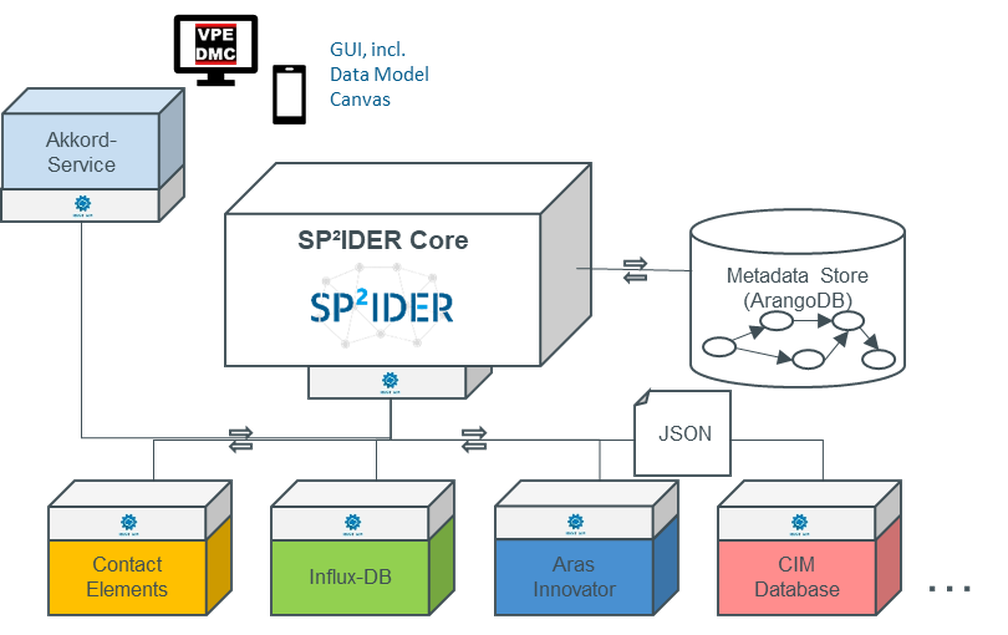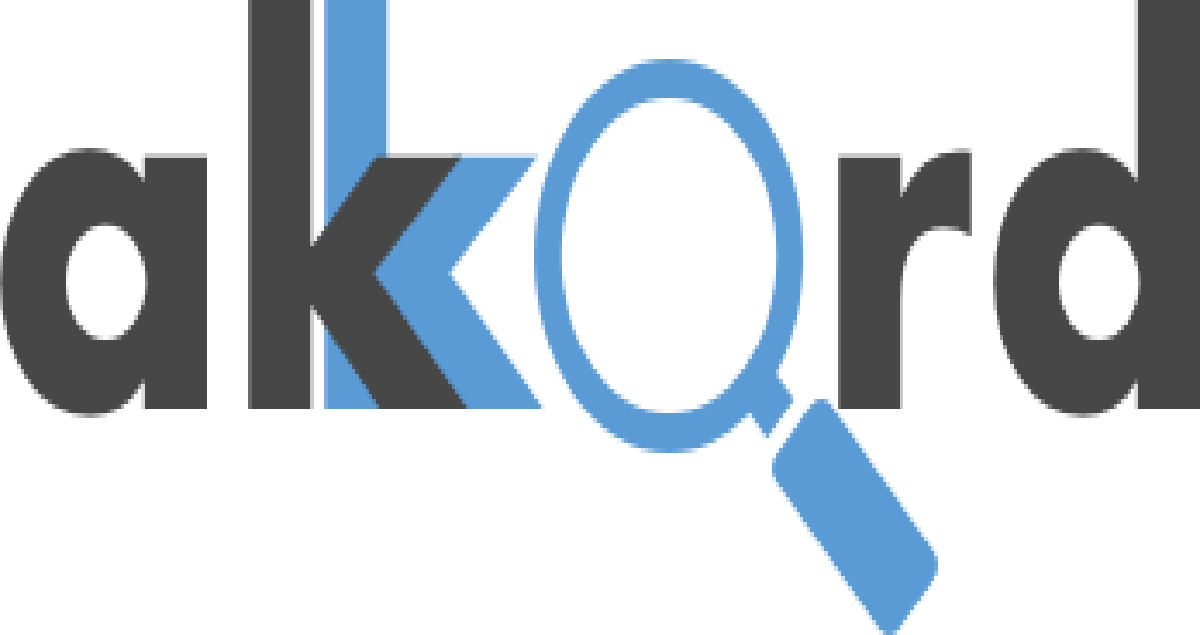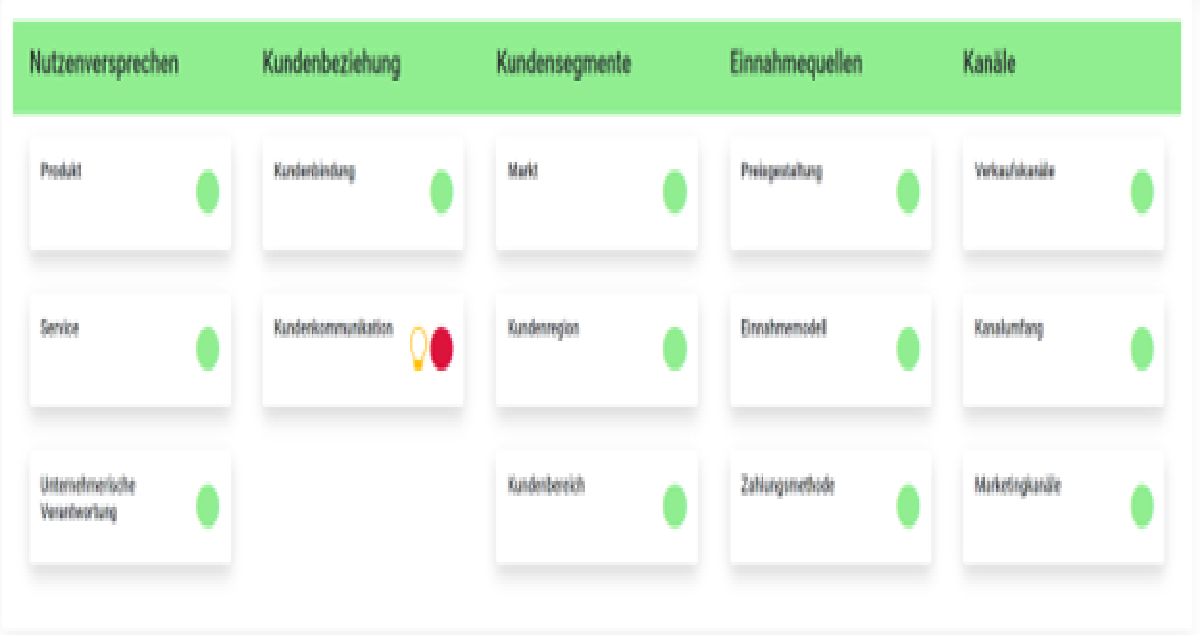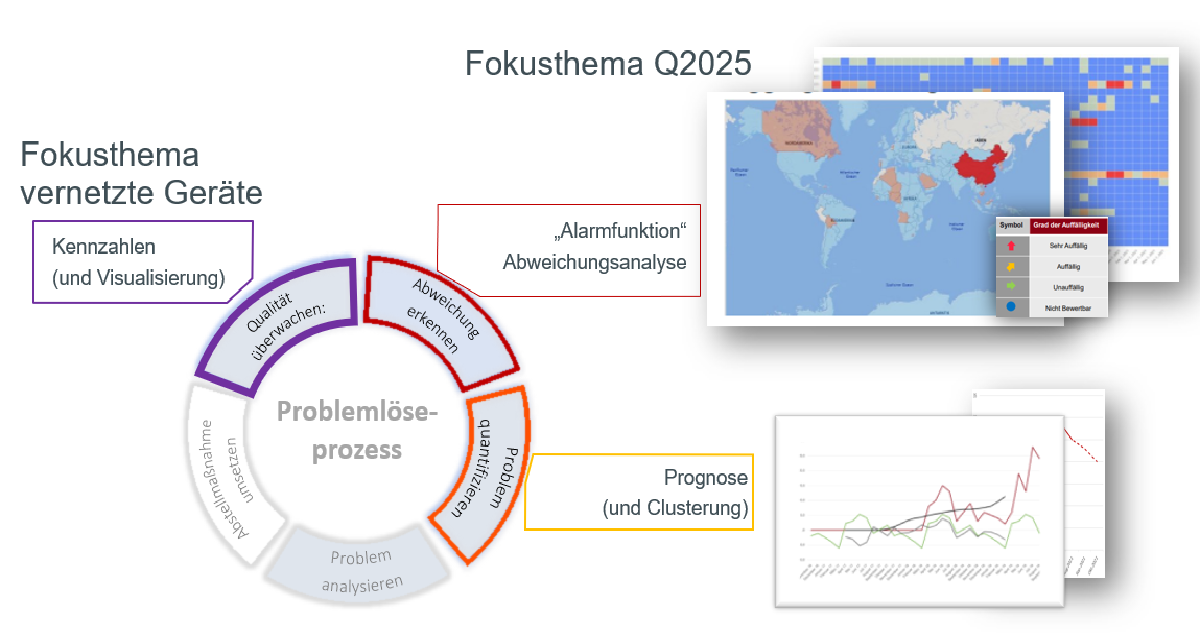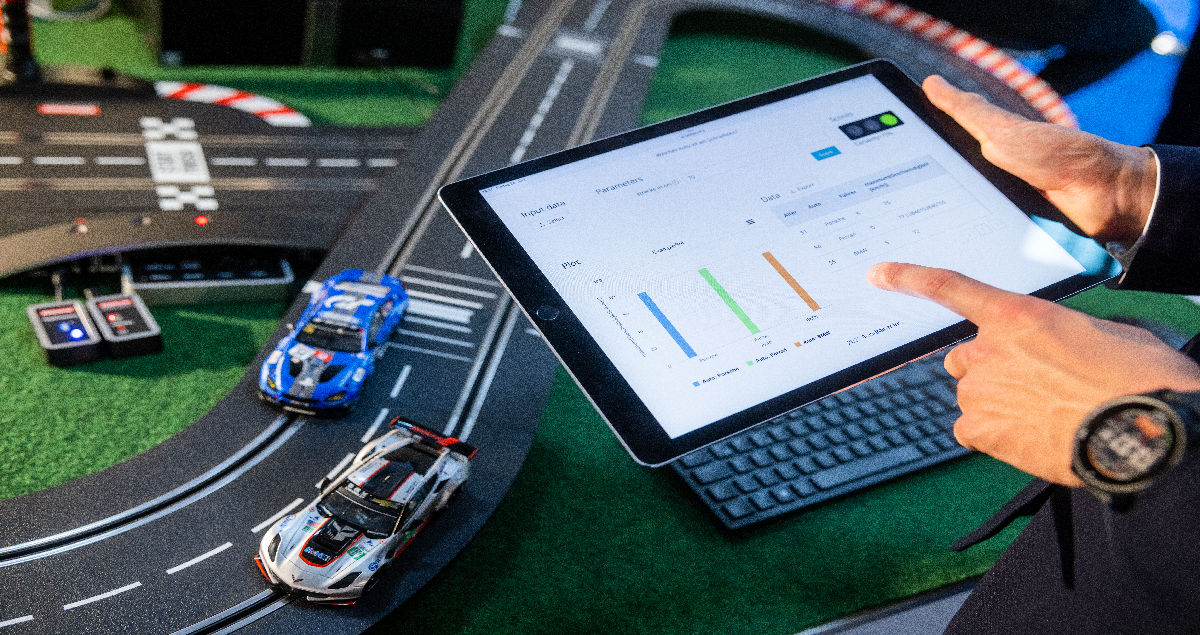Second Work report from the Use Case 8 „Roll-Out strategies for Data Analytics within the triangle of technology, organization and human“.
The goal of Use Case 8 (UC 8) is to define a modular process model to support the introduction (idea to productive use) of data analytics in the triangle of human, technology, and organization. We extend the existing process model by the dimensions user experience (UX), Change-Management and perspectives of small and medium-sized enterprises (SME).
Starting situation
In the second year of the project, we focused on the process model and its technical procedures. In addition, we conducted an interview study [1] to identify problems in data science projects. Based on this interview study, we drafted recommendations for action. The described work and its results can be found in the first work report for the UC 8.
Current ongoing activities
Three topics were worked on in UC 8 – an extension of the process model in three dimensions, an article on how to initiate Data Science projects and a video on the benefit story of Data Science (DS) with the partner company Miele.
Extension process model
The existing Industrial Data Science (IDS) process model addresses the technical operations of a DS project. To make the added value of this type of project more achievable for a company, the interests of the various stakeholders must be taken into account in addition to these technical steps. Here, the actual usability and usefulness of the intended IDS solution for the users and a systematic Change-Management play an essential role. This is how a successful handling of this technology can be ensured.
Due to this circumstance, the existing process model is extended by the following dimensions:
- Consideration of user experience and agility:
Today, IDS projects are often motivated primarily by technological and economical goals. However, since the value creating use of IDS solutions ultimately depends on their acceptance and usability by the people who use them, user centered design is becoming a decisive factor for success.
The goal of extending the IDS process model is to integrate relevant activities from the “human-centered design process” (DIN EN ISO 9241-210) so a systematically consideration of the requirements and the needs of the respective users can be realized.
To be able to integrate the human-centered approach into the IDS process model, the first step was to investigate the current state of research on the topic of Human Centered AI (HCAI). HCAI deals with the user-centered design of artificial intelligence (AI).
In the next step, the main research results were evaluated against the background of mosaiic’s practical experience from UX projects with regard to their significance and impact on UX activities in the various phases of the classic human centered process model (according to ISO 9241-210).
The current work status shows a draft for the extension of the IDS process model (see figure 1). In order to integrate the HCAI activities, the existing IDS process model is both, extended by HCAI-specific phases and the existing phases are supplemented by HCAI activities. This is intended to link the different disciplines, in this case IDS development and human centered design. The focus of the extension is found at the beginning of the process model with the new phases called Planning, Exploration and Definition. In this case, the focus is not only on the technological aspects, but also the needs of the people involved from the very beginning are taken into account.

Figure 1: Draft of the UX extension of the IDS process model
- Consideration of Change-Management: The goal is to provide a process model for the accompanying Change-Management in DS projects. The Change-Management process model (see figure 2) is intended to contribute to solving the potential resistance in the existing IDS process preventively or reactively.
In the first step, the Change-Management process model was designed based on the interview study mentioned in the starting situation.

Figure 2: Generic Change-Management process model
This generic approach was applied to a hypothetical example scenario. In this scenario, DS is used to optimize an internal process in a company. The reflection questions were derived from the reflection topics from the interview study. Based on these reflection questions, possible insights were gained and translated into exemplary preventive as well as reactive measures. These were assigned as follows in the maturity and the IDS process model as shown in figure 3:

Figure 3: Location of the measures in the maturity and IDS process model
- Process model for SME: Unfortunately, digitization and the usage of DS/AI are still lagging very far behind in Germany. Although more and more companies are planning to use DS/AI, the implementation is still quite slow and hesitant. This is especially true for medium sized businesses. Within the framework of our multistage study, we want to identify and understand the existing barriers to the implementation of digitization projects, as well as determine the necessary prerequisites and approaches for companies to make the “tools” of DS and AI usable for them. The study results are to be used to derive and provide concrete solution approaches and procedures for companies. These findings are to be consolidated in a process model special for SME. Our approach to the study is as follows:

Figure 4: Procedure of the SME study
The questionnaire has already been created and is currently being validated and optimized. Distribution is to take place via direct approach (mailing) to a wide variety of companies (with and without DS/AI experience) as well as via associations and social media (XING/LinkedIn).
Project Initiation Article
One of the most relevant steps is the initiation or introduction of DS projects. In addition to Change-Management for the stakeholders, the expectations of the DS project must be communicated transparently and comprehensibly during the initiation process. In addition, strategic aspects such as the definition of a concrete project goal and vision must be considered so that the problem definition is known and understood by all stakeholders. The following communication model (see figure 5) was created for these aspects. Further information on the article can be found under the following link.

Figure 5: Communication model for DS and AI projects
Cooperation with Miele
Within this cooperation, the first step was to develop a vision with our partner Miele that shows the benefits of DS for their company. The goal of the benefit story is to demonstrate the added value of DS for Miele’s business model. On the other hand, it should be shown that DS does not work without people and that they must be involved in the development process. In addition, one goal is to make DS accessible and to motivate people to initiate DS projects. To realize these goals, the Work and Learn platform of AKKORD is to be promoted.
To be able to achieve this goal, the objectives, target group, and wants and needs were developed and agreed upon at the beginning. In addition, the next step was to consolidate three initial stories into one overall story. For this overall story, a visual language for the DS video was developed and consultation was held with the Miele corporate identity department. Furthermore, a storyboard with text and images was created. Besides that, a first implementation concept was developed.
Outlook on further research goals
While mosaiic’s research work has focused on the collection of information and the theoretical definition of process models, the next phase of the AKKORD project will involve the further development of previous results and testing them with research partners. Furthermore, the previous results will be linked with the activities of other research partners.
Literature
[1] Nolte, Viktoria; Sindram, Tanja; Mazarov, Jürgen; Deuse, Jochen; (2020): Industrial Data Science erfolgreich implementieren. Interviewstudie zu Erfolgsfaktoren und Hemmnissen. Carl Hanser Verlag.
Veröffentlich unter: https://www.degruyter.com/journal/key/zwf/115/10/html (13.05.2022)
Author and contact
- Thomas Huber (Thomas.Huber@mosaiic.de)
- Andrea Rösch (andrea.roesch@mosaiic.de)
- Anette Schötz (anette.schoetz@mosaiic.com)
- Céline Nordmann (celine.nordmann@mosaiic.com)
- Daniaal Dar (daniaal.dar@mosaiic.com)

